A human typically possesses 23 pairs of chromosomes within each body cell, except for the reproductive cells. Consequently, each cell carries genetic information, consisting of 23 chromosomes inherited from the mother and another 23 homologous chromosomes from the father.
The complete set of human chromosomes (the karyotype) comprises 22 pairs of autosomal chromosomes (autosomes) and a couple of sex chromosomes (allosomes). However, egg and sperm cells have only half of the entire chromosome set, equivalent to one chromosome from each homologous pair, totaling 23 chromosomes.
This reduction in genetic material is crucial to ensure that upon fertilization, the egg and sperm cells unite, resulting in the new organism having the correct amount of DNA packed in 23 pairs of chromosomes or 46 chromosomes.
Trisomy![]() is a type of numerical chromosomal abnormality, also known as aneuploidy, which occurs when all or some body cells contain an additional third chromosome in a given homologous pair. The prefix “tri-” indicates the presence of an extra third chromosome instead of the correct pair of chromosomes. Trisomy can affect both autosomal and sex chromosomes.
is a type of numerical chromosomal abnormality, also known as aneuploidy, which occurs when all or some body cells contain an additional third chromosome in a given homologous pair. The prefix “tri-” indicates the presence of an extra third chromosome instead of the correct pair of chromosomes. Trisomy can affect both autosomal and sex chromosomes.
The normal karyotype of a man is written as 46, XY, and the standard karyotype of a woman is written as 46, XX. Additional chromosomes in the karyotype are given after a plus sign, e.g., 46, XX,+18, which means a woman with trisomy 18.
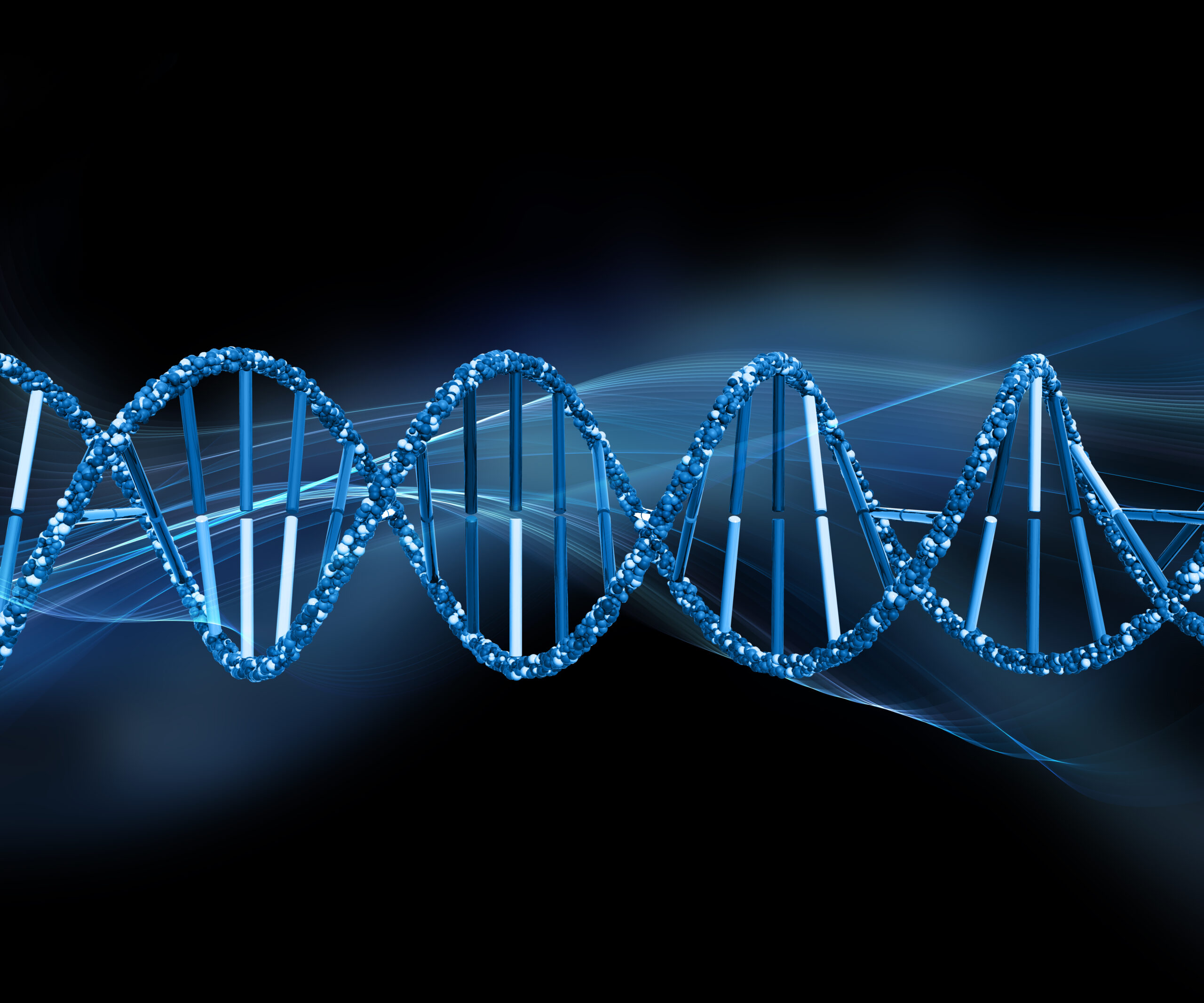
In such a situation, the causes of trisomy are related to errors in chromosome separation![]() during the formation of egg cells and sperm (during gametogenesis) or during cell divisions that occur after fertilization (during embryogenesis):
during the formation of egg cells and sperm (during gametogenesis) or during cell divisions that occur after fertilization (during embryogenesis):
Chromosomal abnormalities, including trisomies, are linked to genetic disorders![]() . Chromosomes, which are composed of deoxyribonucleic acid (DNA) and proteins, carry genetic information that regulates human body development and function. DNA is a genetic material that is composed of nucleotides arranged in sequences that form genes encoding specific traits in humans. Each gene is assigned a permanent locus on a chromosome
. Chromosomes, which are composed of deoxyribonucleic acid (DNA) and proteins, carry genetic information that regulates human body development and function. DNA is a genetic material that is composed of nucleotides arranged in sequences that form genes encoding specific traits in humans. Each gene is assigned a permanent locus on a chromosome![]() . Both excess and deficiency of genes are detrimental to human health.
. Both excess and deficiency of genes are detrimental to human health.
Trisomy, a condition characterized by an excess of genetic material, can be fatal and its severity depends on the affected genes. Most chromosomal disorders of this kind are lethal during reproductive cell formation and can lead to miscarriages or stillbirths. Trisomies account for around 0.3% of all live births.
Trisomy can also result from one parent having a balanced translocation![]() . Balanced translocation means that part of a chromosome has moved to another place in the genome (usually, a chromosome fragment has joined another chromosome). Even though we are dealing with some structural disorders kind, genetic material has neither been lost nor added, and it usually does not affect the health of the person with such a translocation.
. Balanced translocation means that part of a chromosome has moved to another place in the genome (usually, a chromosome fragment has joined another chromosome). Even though we are dealing with some structural disorders kind, genetic material has neither been lost nor added, and it usually does not affect the health of the person with such a translocation.
Moreover, we often do not know we are carriers of a balanced translocation. However, such a translocation may affect the quality of the we will produce reproductive cells. Depending on where the chromosome fragment has moved, it is possible to produce gametes with the correct set of chromosomes, with an excess or a deficiency of genetic material. The diagram below shows one possible situation.
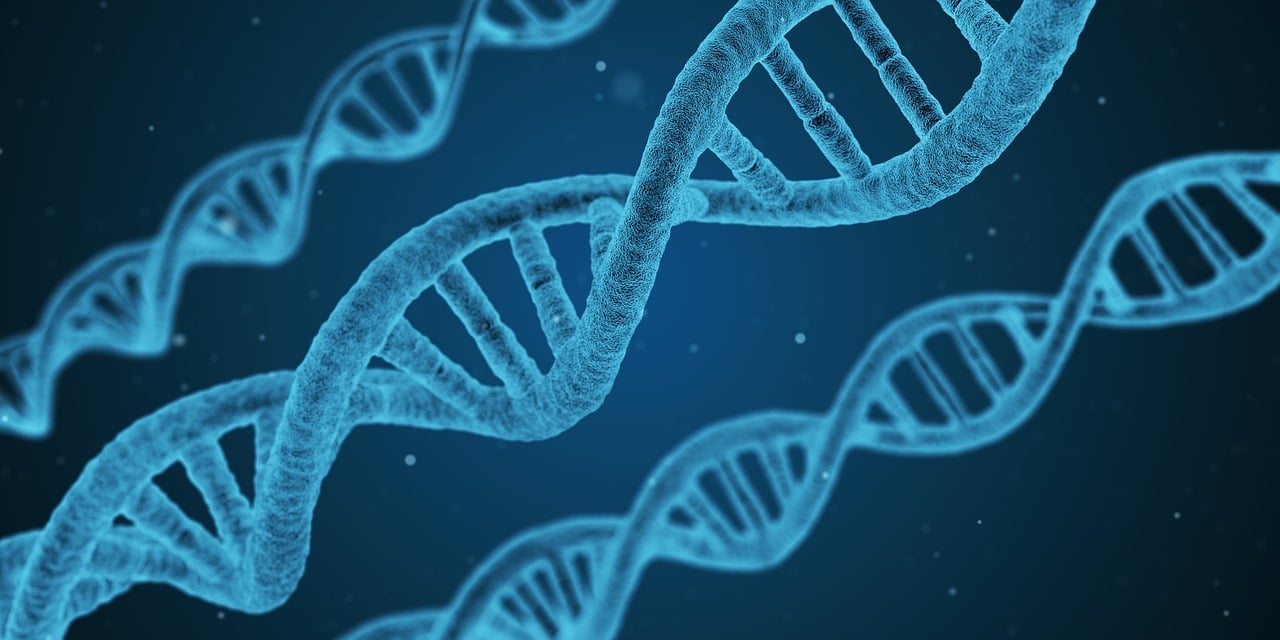
The most important factors increasing the risk of trisomy in a child are:
There are several forms of trisomy:
Let’s focus on one of the most common trisomy types.
Down syndrome![]() means the combination or co-occurrence of characteristic morphological and clinical features in a specific combination in people with a similarly altered genetic information record.
means the combination or co-occurrence of characteristic morphological and clinical features in a specific combination in people with a similarly altered genetic information record.
Down syndrome is caused by the duplication of all or a critical part of chromosome 21. Such rearrangement of the genetic material most often occurs due to an error during the separation of chromosomes during meiosis.
Unbalanced translocations involving chromosome 21 may also lead to Down syndrome. It can only occur in the fetus due to the accidental connection of chromosome 21 with another chromosome.
Unbalanced translocations may also result from inheriting a linked chromosome 21 from one of the parents, who is a carrier of a balanced translocation (exchange of chromosome fragments without changing the amount of genetic material).
Inheriting an altered chromosome is a random event because the reproductive cells of a translocation carrier may contain both normal and erroneous chromosomes. The most difficult from the point of view of genetic counseling is the case of the presence of a translocation in one of the parents between two chromosomes 21, 21 -t (21; 21).
In such a case, the probability of giving birth to a child with Down syndrome, regardless of whether the mother or father is the carrier of such a translocation, is close to 100%, which means that every child in this family will be affected by Down syndrome.
The smallest or shortest segment of chromosome 21, the duplication of which manifests itself as Down syndrome, is called the critical region. Chromosome 21 contains relatively few genes compared to other chromosomes. However, there are approximately 250 genes on chromosome 21.
The genes influencing the occurrence of Down Syndrome are:
People with Down syndrome have several characteristic features. Some manifest themselves in appearance, and some are not visible and can only be observed during specialist tests.
The main characteristic features![]() include:
include:

People affected by Down syndrome, as previously mentioned, not only have altered appearance features but also congenital defects affecting the following systems:
Patau syndrome![]() is a group of severe congenital defects caused by the presence of an additional chromosome 13 or part of it. It is a rare lethal aberration, i.e., it does not allow the baby to survive beyond the neonatal period. The incidence of Patau Syndrome in the general population is low, approximately 1.2 per 10,000 live births. In a significant percentage of pregnancies with trisomy 13, spontaneous miscarriage occurs during the embryonic or fetal period.
is a group of severe congenital defects caused by the presence of an additional chromosome 13 or part of it. It is a rare lethal aberration, i.e., it does not allow the baby to survive beyond the neonatal period. The incidence of Patau Syndrome in the general population is low, approximately 1.2 per 10,000 live births. In a significant percentage of pregnancies with trisomy 13, spontaneous miscarriage occurs during the embryonic or fetal period.
Patau syndrome, which is a simple trisomy involving the presence of an additional copy of chromosome 13, is not a hereditary disorder (it is not revealed as a result of inheriting an additional chromosome). It is usually the result of the formation of an abnormal gamete, i.e., a reproductive cell (sperm in a man, egg in a woman).
Simple trisomy 13 is, therefore, most often a random event, the risk of which increases with the mother's age. The additional chromosome is usually of maternal origin and appears in the first meiotic (reduction) division.
Patau syndrome may result from a balanced translocation in one of the parents concerning chromosome 13. Most often, it involves the displacement of the long arm of chromosome 13 to chromosome 14 or 15. This type of genetic material disorder does not produce a phenotypic effect, i.e., it is not revealed in the form of observable features of a given individual (body structure, behavior, presence of congenital defects, occurrence of specific diseases).
The carrier of the translocation is usually a healthy person. However, a balanced defect in the genetic material may lead to the formation of abnormal reproductive cells.
Data from the literature in this area vary significantly, which results from different methods of calculating the individual risk for individual patients with an abnormal karyotype.
Children with Patau syndrome present a particular morphological phenotype. Immediately after birth, the following characteristic features![]() can be observed:
can be observed:
Patau syndrome is an incurable disease and requires only symptomatic (palliative) treatment. The most noticeable symptoms of Patau syndrome include the characteristic appearance of newborns, including a small head with closely spaced eyes, an undeveloped jaw, or incorrect hand structure.
Most newborns with Patau syndrome cannot be fed naturally. Due to impaired sucking and swallowing reflexes, feeding requires the use of a probe inserted into the stomach. Eating disorders are accompanied by gastroesophageal reflux. Newborns gain weight poorly, and their psychomotor development does not progress.
Edwards syndrome![]() , i.e., trisomy of chromosome 18, is a rare chromosome aberration. There is the presence of an additional chromosome pair 18.
, i.e., trisomy of chromosome 18, is a rare chromosome aberration. There is the presence of an additional chromosome pair 18.
In a significant percentage of pregnancies with trisomy 18, spontaneous miscarriage occurs in the embryonic or fetal period. Some fetuses survive the prenatal period, but still, many newborns with Edwards syndrome die within the first weeks after birth.
People diagnosed with Edwards syndrome manifest several features regarding both appearance and abnormalities in the structure of internal systems and organs.
Characteristic symptoms![]() of Edwards syndrome include:
of Edwards syndrome include:
Table of Contents
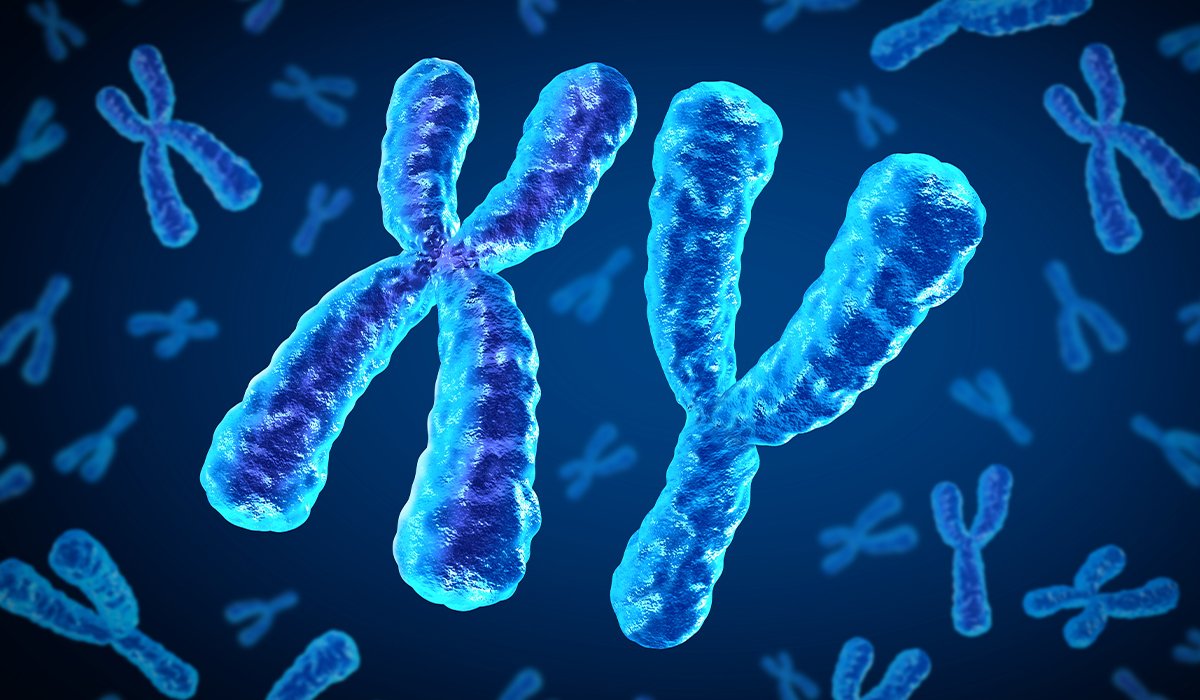
A chromosome is a long, thread-like structure made of DNA and proteins that contains genetic information. What are its function? read more »
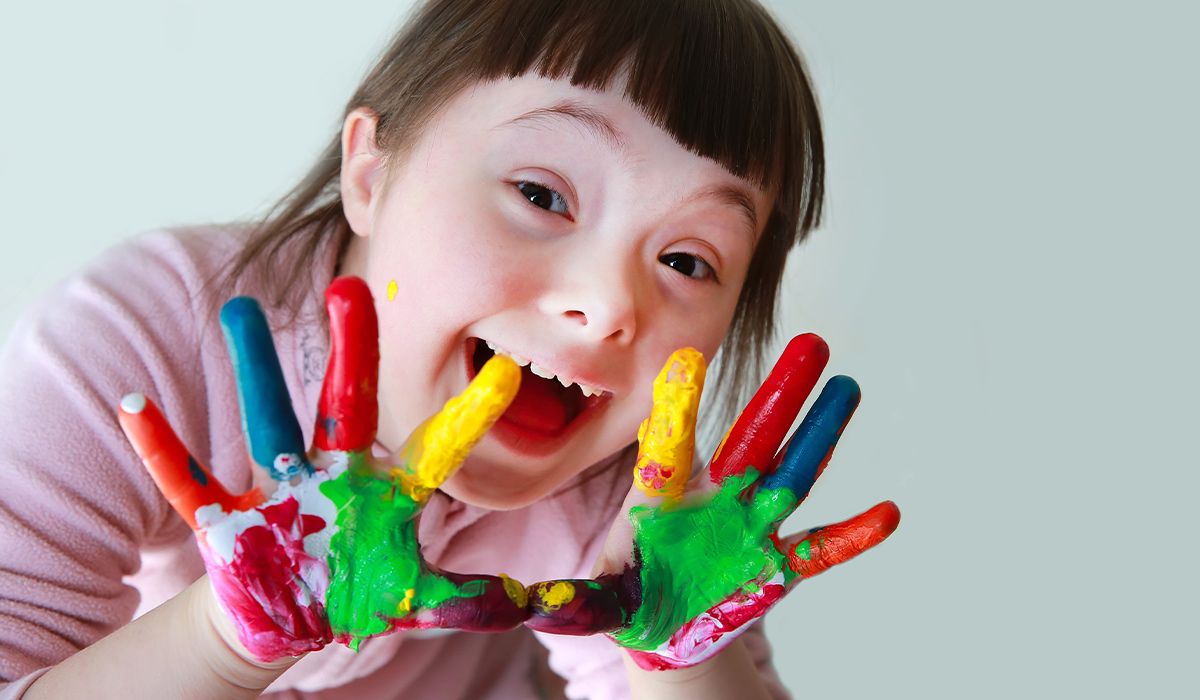
Down syndrome is a set of features that are the result of the presence of an extra chromosome 21 in… read more »
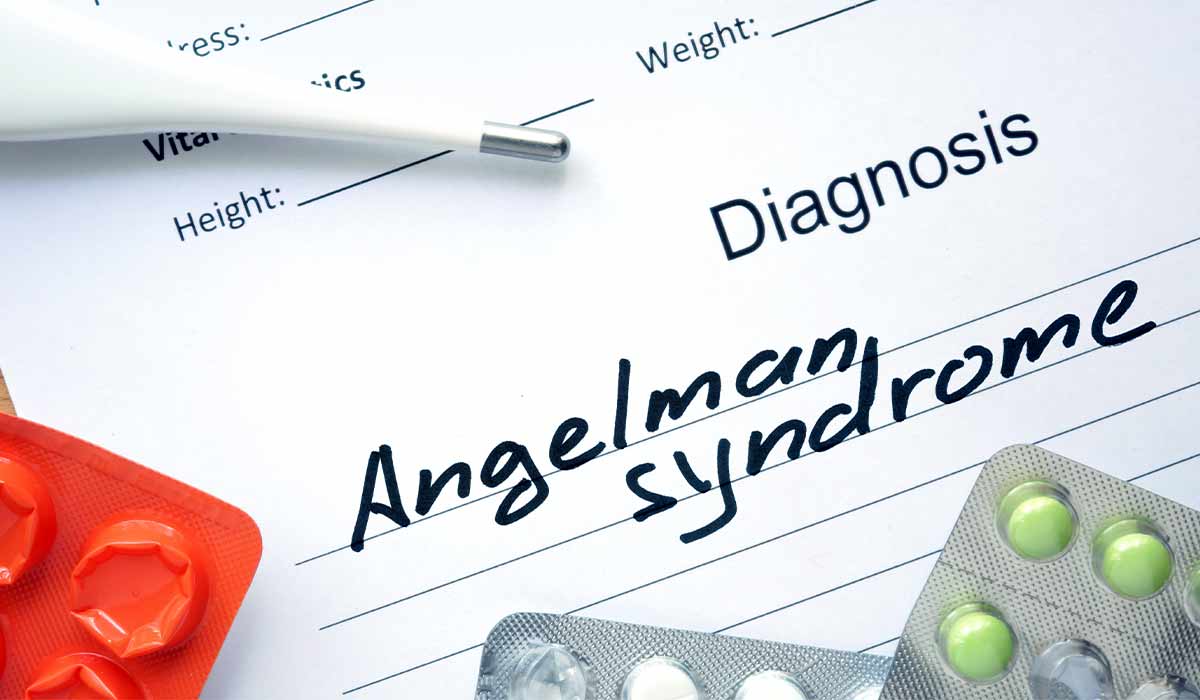
Angelman syndrome is a neurogenetic disorder that is often misdiagnosed. Find out what the characteristic symptoms are and learn about… read more »
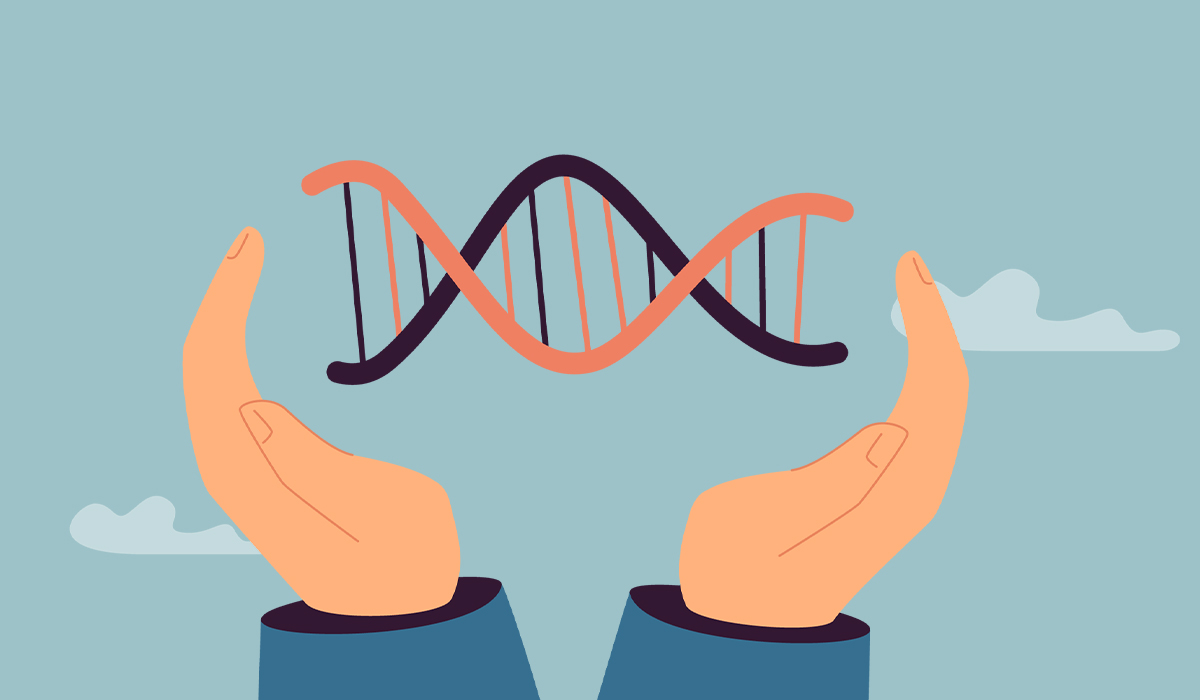
Genetic testing involves analyzing an individual's DNA to identify changes or variations in genes, chromosomes, or proteins. read more »
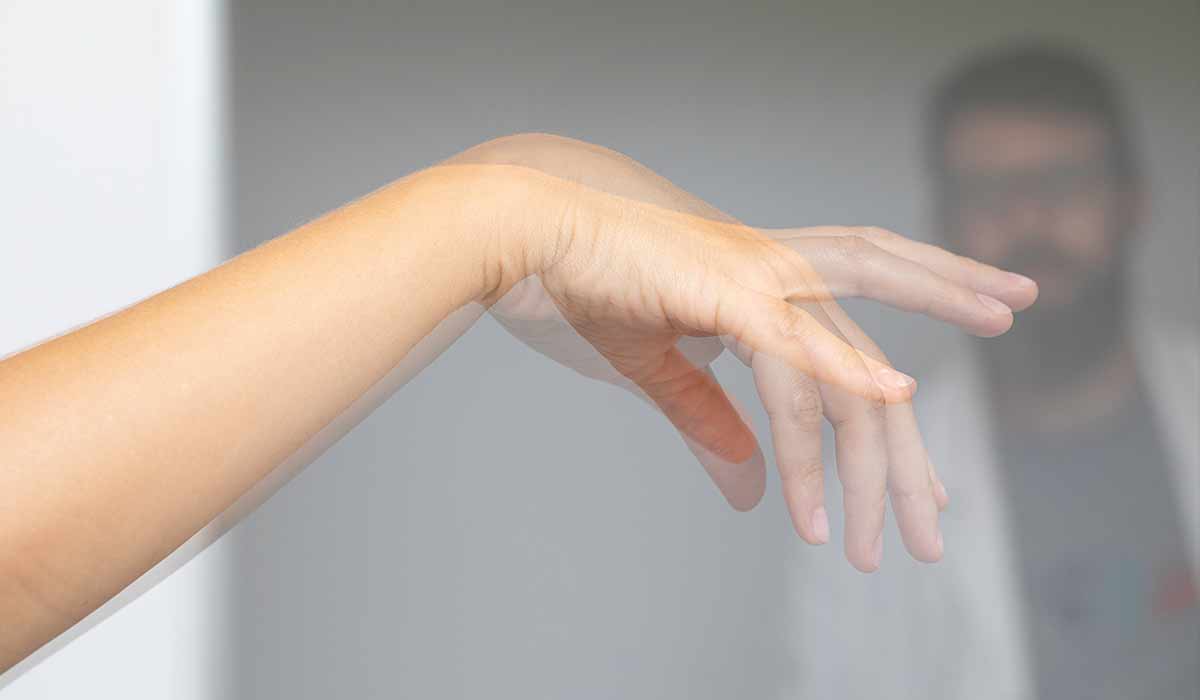
Ataxia is a motor coordination issue when individuals struggle with exact movements, holding the correct posture, or having standard walking… read more »
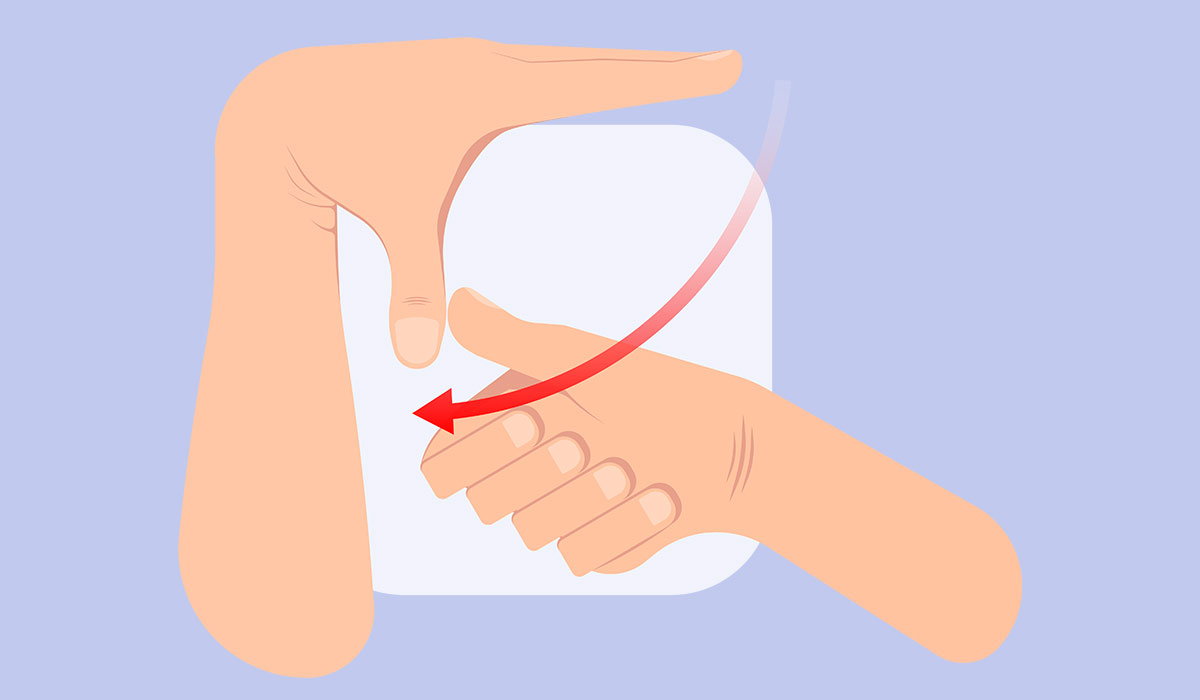
Ehlers-Danlos Syndrome is a group of diseases with a genetic basis. Learn all the symptoms associated with EDS. Find out… read more »
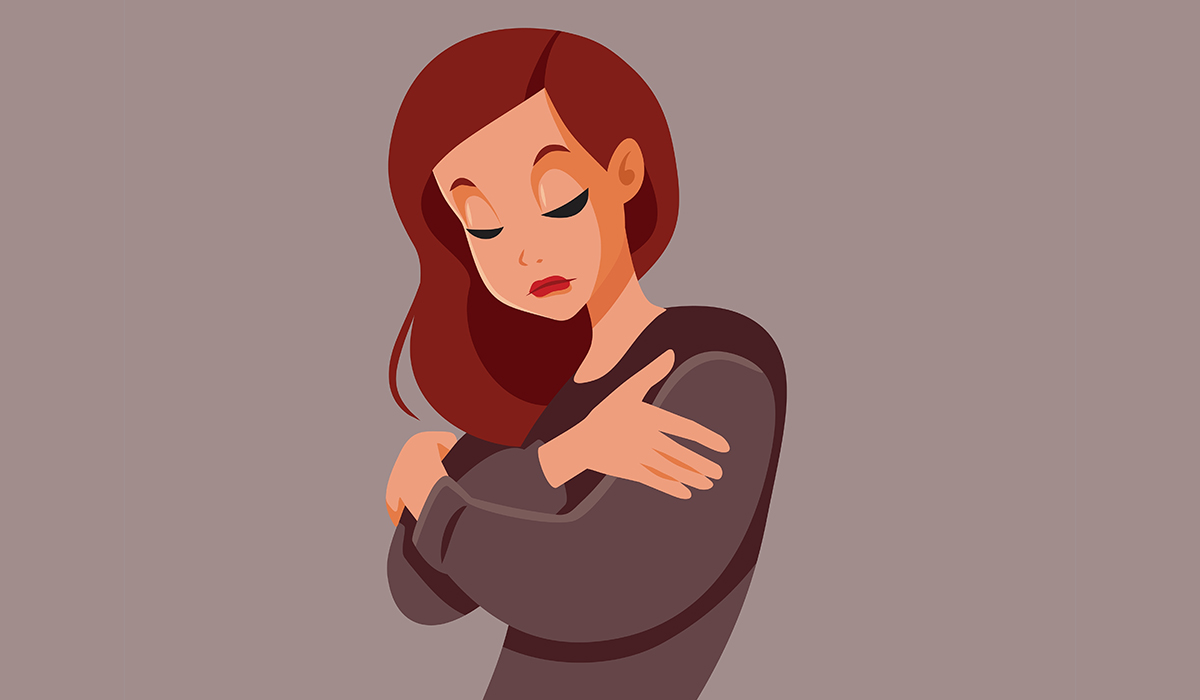
Dysmorphia is a mental disorder associated with a negative body image. It is a common problem these days. Learn how… read more »

Schizophrenia is a mental illness with a gradual course. It consists in a changed and inadequate perception, reception and assessment… read more »

A miscarriage, or spontaneous abortion, is the loss of a pregnancy before the fetus can survive outside the womb, typically… read more »